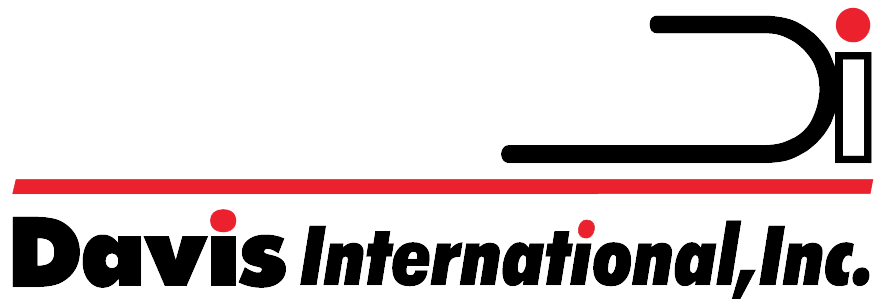Types of Emulsions
Direct Emulsions are the Least Expensive and Most Commonly Used Type of Stencil Technology.
They make very durable stencils because both the sides of the mesh are coated with emulsion. The quality of the imaged stencil will greatly depend on selecting the proper emulsion for your artwork, mesh, exposure, and coating technique.
There are Three Basic Types of Direct Emulsions:
Diazo Emulsions are usually the least expensive and have the lowest light sensitivity of the three… however, they also have the widest exposure latitude and can be very forgiving. If your light source is very weak, a diazo emulsion may be difficult to image properly. Diazo emulsions are also not well suited for very fine detail because they tend to make a thicker stencil (you will want a thinner stencil for the reproduction of fine details and halftones). Diazo emulsions come in either solvent-resistant or water-resistant types. Both types can be used with plastisol inks, but if you use both solvent and water based inks, you would need to stock two types of diazo emulsions. They must be mixed with the sensitizer correctly to achieve optimum results, and once mixed… they have a shelf life of up to three months.
Photopolymers (SBQ) are pre-sensitized emulsions with an excellent shelf life (usually a year or more). They tend to be the most expensive as well. They are the fastest exposing emulsions, that are excellent at the reproduction of very fine detail. Although SBQ photopolymer emulsions are faster exposing… they tend to perform best with good light sources (because their exposure latitude is smaller than Diazo emulsions). There are some SBQ emulsions formulated to be specifically water resistant, but many are not, or may need Diazo added for water resistance.
Dual Cure emulsions have a combination of the qualities of both Diazo and SBQ emulsions and offer the largest variety of features and applications. The exposure latitude is wider than Diazo and they can reproduce fine detail better as well. Their exposure times usually fall in the middle range between Diazo and SBQ emulsions exposures. Dual cure emulsions are generally less expensive than SBQ photopolymers and usually work well in high humidity. They must be mixed with sensitizer, and once mixed… they only have a shelf life of up to three months). There are water resistant varieties of dual cure emulsions, but most will have limited resistance.
Tips:
Emulsions may be stored in a refrigerator to prolong shelf life, but make sure they do not freeze.
Do not expose your emulsion to excessive heat.
Always work in darkroom conditions with your emulsion to avoid problems.
Mix your emulsions well before each use, but allow time for air bubbles to work themselves out before using.
Make sure the emulsion container lid is secure and tight during storage.
Thicker stencils will take longer to dry, and expose emulsions.
The Emulsion Viscosity and Solids Content of a direct emulsion can greatly affect it’s performance for your specific needs. Thicker emulsions do a better job of clinging to lower mesh counts. Thinner emulsions, on the other hand, can more easily penetrate higher mesh counts. Thicker emulsions will make thicker stencils with fewer scoop coats, and higher solids can help fill gaps in course mesh. Emulsions with high solids content will facilitate faster drying, better buildup (EOM) per coating stroke, and reproduce fine details and halftones better.
Note: Many printers often prefer to use just one type of emulsion for all their printing, but may not realize that the emulsion they are using may not work well with a different type of ink, or printing situation. Emulsion manufacturers make many types of emulsions in order to offer consumers the options for choosing the best emulsion for their specific needs.
Direct Film or Capillary Film can be purchased in a specific thickness, which makes getting a consistent and smooth stencil very easy. Capillary films are the absolute best for high specification detailed printing. These films will produce the best halftone stencils. Capillary film is only applied from the substrate side, which means it does not have the same adhesion qualities and durability of direct emulsions. Stencil wear can be an issue with capillary films on high volume print runs.
Direct/Indirect films are a hybrid technology combining the best features of each stencil making technique. The Direct/Indirect system gives excellent durability because the mesh is totally encapsulated as with the direct emulsion method. The film, bonded to the print surface of the mesh by emulsion, keeps the print surface flat for excellent print fidelity, like capillary and indirect film methods.
Indirect Film, is a photosensitive film that is imaged and developed independently of the screen mesh. The finished stencil is applied to the mesh with gentle pressure, blotted with newsprint, and dried prior to removal of the backing film. Although capable of the highest quality reproductions, the thin edge of the finished stencil is very fragile and easily damaged, and therefore unsuitable for long print runs or for printing on difficult substrates. Indirect film is only suitable for use on finer mesh counts that are capable of supporting the fragile stencil.

